BHAKTAPUR: CITY OF FESTIVALS
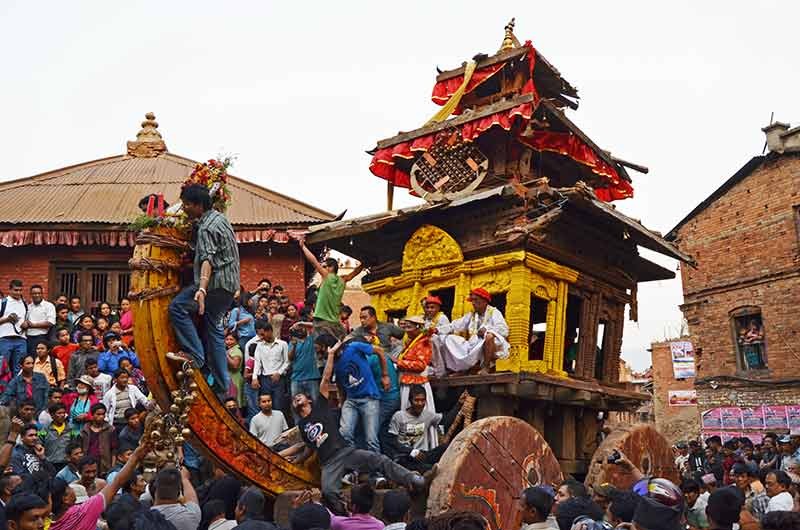
An ancient Newar city in the Kathmandu Valley 13 kilometers from Kathmandu, this was the largest of the three Newar kingdoms in the valley. It was Nepal’s capital until the second half of the 15th century.
Listed as a World Heritage Site by UNESCO for its temple complexes, traditional wood carving and sculptures, it is an important ‘must see’ tourist attraction. It is the home of Newar art and architecture. Walking around the old town centre you can see many traces of the traditional pottery, wood carving and weaving industries, beautiful temples, ponds, and old traditional wood houses. The city is also very rich in its local Newar customs, festivals, and culture.
In the centre of the old town is Durbar Square. Its collection of pagoda and shikhara-style temples is arranged around a palace of brick and wood that has 55 windows. From every direction, temples decorated with fine wood carvings and golden effigies look down onto the square. Beside the fifteenth century temple of Dattatraya (reputedly built from the trunk of a single tree), is a monastery with carved peacock windows that dates back to the reign of King Vishwa Malla.
Bhaktapur literally translates to ‘place of devotees.’ Hardly a month passes by without celebrating one festival or another.

Bisket Jatra (New Year) – This ancient new year festival of Bhaktapur takes place at the new year of the Bikram Sambat calendar (April). A few days before the new year, the goddess ‘bhadrakali’ and the god ‘bhairab’ are enshrined in their raths, (chariots) and pulled through the narrow streets of Bhaktapur by crowds of young men. The chariots rest at certain time-honored places in the city where people come out to throw offerings of flower, rice, coins and red sindur powder. On the last day of the old year, a towering wooden pole known as ‘lyesing dha’ or ‘lingo’ is erected at the edge of town. Long banners hang from the pole symbolizing snakes (nag and nagini). On New Year’s Day the pole is brought down to symbolize victory over evil. A few days later, the chariot is again pulled through the narrow streets of Bhaktapur back to its original position in Taumadhi Square to mark the end of Bisket Jatra.
Kumar Khasti (Sithi Nakha) – Before there was modern water piping systems, wells and kuwas were the basis for the water supply in Bhaktapur. On this day, people clean the wells and worship Naag to wish for good rainfall in the monsoon. People celebrate by eating traditional Newar delicacies like bara and chatamari.
Gathamaga Charya – Gathamaga is made from straw and symbolises a devil. Locals make gathamagas and then burn them on fires to purge their neighbourhood of evil. It is also said that mosquitoes lose a leg on this day.
Sa Paaru (Gai Jatra) – The celebration of Gai Jatra is followed in Kathmandu and Lalitpur around August or September. Tall bamboo poles wrapped in cloth and topped with a horn of straw, and an umbrella are carried around the town in memory of the dead. A colorful procession known as ‘Ghing tang gishi’ is the main attraction of this festival. People wear masks, coloured paints and even sometimes wear female outfits, dancing to music and beating time with sticks.
Gunla – Gunla is the name of the tenth month of the Nepal Era calendar (August). It is a sacred month dedicated to Lord Buddha and is celebrated in Kathmandu, Patan and Bhaktapur and is an important event in Newar Buddhism. The practice of observing the sacred month came from Buddha’s time when monks stayed in one place and taught the Dharma during the rains retreat. However in Bhaktapur, the last day of Gunla Panchadan is celebrated differently. The Five Buddhas are brought to Taumadhi Square accompanied by Gunla Baja, a special musical instrument that is played only at this festival as Buddhas are paraded around Bhaktapur.
Pulu Kisi (Indra Jatra) – The son of Lord of Heaven is believed to have been kidnapped by a devil named Maisasur who then tied Indra’s son to a pole and killed him. Indra was shocked to hear of his son’s death and sent an elephant, Pulukisi to find and kill Maisasur. But legend says Pulukisi could never find Maisur right up until now. This jatra is a play on the legend where Pulukisi goes around the town in search of Maisasur. On the final day of this eight day festival in September or October, the Yosin pole that was erected for the festival is taken down in a ceremony called Yosin Kwathalegu.
Sithi Nakha – Celebrated around May or June, Sithi Nakha is celebrated at the onset of the rainy season. It is believed that the rulers of water nagas (snake) leave the wells for other destinations as the water reduces due to the dry season. During this time, the Newar community cleans ponds, rivers banks, historic importance stone spouts, and wells as a festival of cleaning water sources. In Bhaktapur, a palanquin with an image of the Hindu goddess Bhagawati is carried in a colorful procession through Nyatapol square.



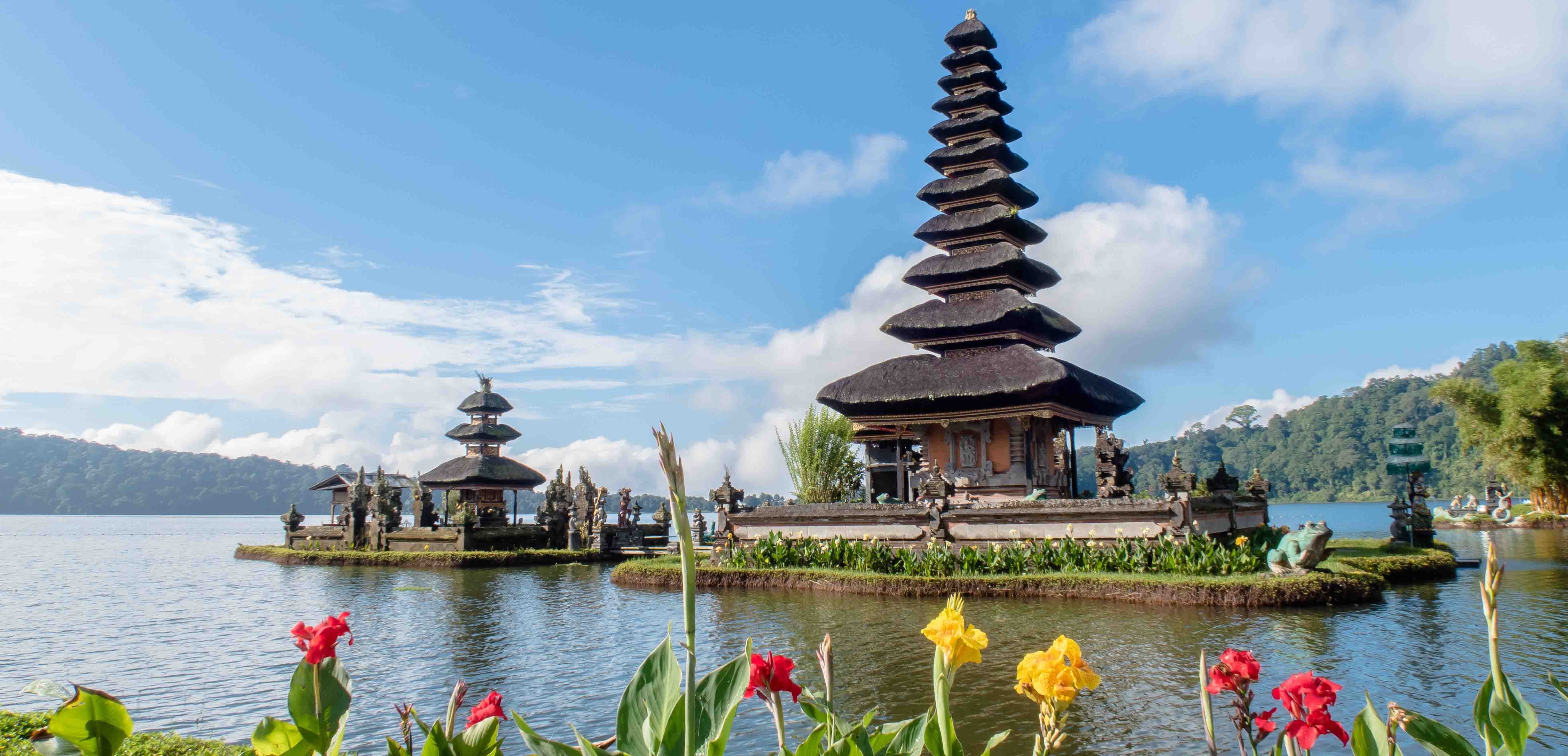
.jpg)
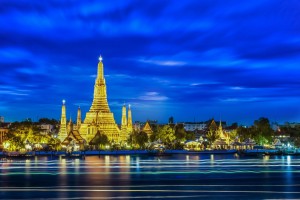
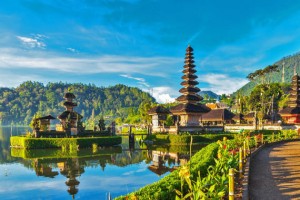
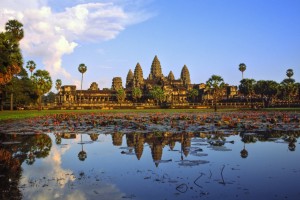
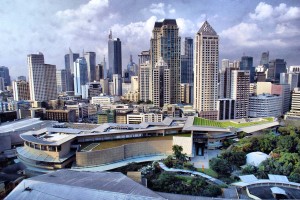
Leave a Comment